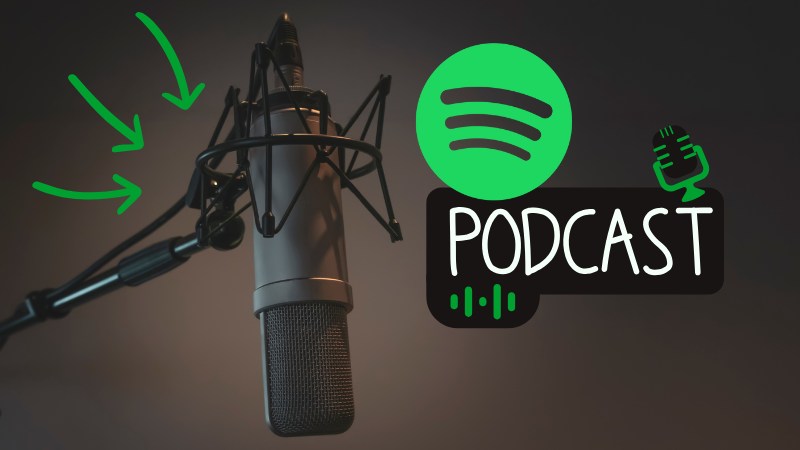
Your Complete Guide to Creating a Spotify Podcast in 2025

As podcasting continues to gain popularity, Spotify has established itself as a frontline platform for creators. With its extensive reach and user-friendly tool, podcast launch has become super easy on Spotify today. Whether you are an occasional podcaster or an enthusiast, Spotify is an excellent platform to create, promote, and grow your podcast. However, you need to know in detail about the process.
That’s why Streaming Mafia is here with your complete guide to creating a Spotify podcast in 2025!
1- Your Complete Guide to Creating a Spotify Podcast in 2025: Explained
1. Form a Podcast Concept
Develop your podcast concept by exploring different genres. Come up with ten episodes. If you find out that the idea is not working for you, switch it. Always do something you love.
Make your concept specific. Regularly research and discuss your podcast topic. Don’t forget to see what your competitors are doing. Figure out what works best for them. Find a name for your podcast. It should speak about you and your goals. Keep the name super unique.
2. Select Your Podcast Format
Your podcast format has to align with your podcast. It has to be picked according to the energy you radiate. If you are planning to have cohosts, keep your group small. There could also be a scheduling challenge. Again, some podcasts require extra editing.
Scripted fiction, news recap, interview podcasts, scripted non-fiction, educational podcasts, and cohosted podcasts are some of the most common podcast formats. Keep the duration as long as it needs to be. Don’t stretch it. Publish them once a week to maintain consistency.
3. Set Up Podcast Recording Equipment
Podcast recording doesn’t require super expensive equipment. The basic setup works fine. However, invest in a good mic. It enhances the audio quality and makes editing easier. Dynamic microphones are ideal for podcasts. It picks up lower frequencies and contains less sensitivity, Thus, there is less background noise to edit later.
On the other hand, condenser microphones contain more sensitivity and gather up an extended range of frequencies. It works well with music recording but is not good for spoken word.
4. Record Your Podcast and Edit
Prepare your script. Never compromise with the content quality. After making the script, pick a good background and start the recording. You may stammer and forget the script if you are new. But it’s totally okay. Keep going! Once you are done with a satisfactory take, watch it. See if you need any adjustments.
After recording, edit the video. If you have any editor, you are good to go. If you are editing on your own and don’t have prior knowledge, go through a few tutorials.
5. Open Your Spotify Account
Head out to the ‘Spotify for Podcasters Site.’ Press on ‘Get Started.’ After that, log into your account or create a new account. Then click on ‘Sign Up for Spotify’ and follow the directions. Agree to the Terms and Conditions that Spotify will give you.
Once you are done with signing up, two options will appear. You will be asked if you are creating a new podcast or already have one. Choose ‘I want to start a new podcast.’
6. Add Your Podcast on Spotify
The next step is setting up your podcast on Spotify. On the Home page, you will find ‘Go to Podcast Setup’ under ‘Set up Your Podcast.’ Click on that. You have to fill in your podcasts with name, description, category, and language.
After you are done filling up the information in detail, choose “Continue’’ before moving to the next step and adding your first episode.
7. Add Your Episode
After setting up the podcast, click ‘Let’s do it’ under the ‘ Add Your First Episode’ section. If you want to upload audio or video you have recorded somewhere else, click on “Select a File.’ Besides, you can create your podcast from scratch.
8. Optimize Your Podcasts on Spotify
To enhance the visibility of your Spotify podcasts, fill up all the related information for every podcast episode. Keep the podcast name and episode titles unique and descriptive. Make the description thorough and use as many as relevant keywords you can. Choose proper categories to help listeners find your podcasts.
9. Publish Your Podcast
Give the episode title, description, and other necessary details on the displayed field. You choose to schedule for later or publish immediately. Always specify if it’s a trailer, bonus episode, or full episode. Then, click on ‘Next.’Turn on comments or add polls to your episode if you want. Choose ‘Next.’ Go through all the details for you and ‘Click Publish.’ You are done!
Note: At Streaming Mafia, we specialize in creating and distributing high-quality podcasts that engage audiences and drive results. Our team of experienced professionals provides a full range of services to help you launch and grow your Spotify podcast play.
2- What are the Spotify’s Podcast Requirements?
Audio Format
MP3, WAV, or M4A audio file formats
There isn’t any size limit but smaller files are uploaded faster. It is recommended to have a high bitrate of 128kbps+ for MP3s and MP4s with AAC-LC and the maximum episode length should be 12 hours (roughly 2G @320Kpbs).
Image Formats (Podcast Cover Art)
- JPEG, PNG, or TIFF
- 640px - 10000px Width and Length
- 1:1 (Square) Aspect Ratio in the Highest Resolution Possible
- Encoded with an sRGB Color Space, 24 Bits Per Pixel
Video Files
- MOV or MP4 Format
- A Single Video and Audio Track
It is suggested to have the following settings:
- 1080P Video Resolution
- 16:9 Aspect Ratio
- 8-bit Color Depth and 4:2:0 Subsampling
- H.264 High Profile
- Bitrate: 35 Mbps for a 4K Video or Maximum of 25 Mbps for a Video with 1080P Resolution
- Duration: Less than 12 hours
Learn About: How to Promote Podcast on Spotify in 2025
3- Conclusion
Creating a Spotify Podcast in 2025 is a piece of cake! It gives you a platform to share your voice and connect with a global audience. You have to plan your content, record high-quality audio, and promote the episodes. In this way, you can create a successful podcast that resonates with your listeners. Stay consistent and true to yourself!
‘Your Complete Guide to Creating a Spotify Podcast in 2025’ covered everything that you need to start a Spotify podcast. Good luck with your podcast!

